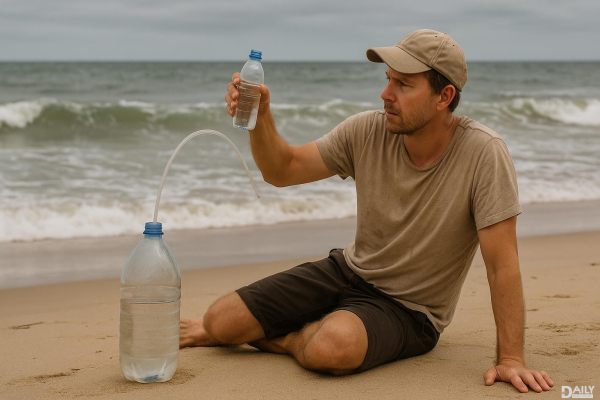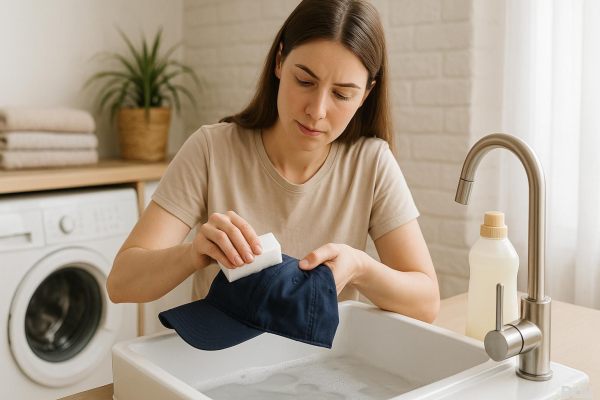If you're ever stranded at sea, turning seawater into drinkable water isn't just a survival skill—it's a game-changer. The human body can only last a few days without fresh water, and dehydration in the middle of the ocean is a nightmare scenario. But don’t panic just yet. With the right techniques, you can actually make seawater safe to drink. It’s not as simple as boiling it or hoping for rain (though those methods help too). Let’s break down the science and DIY hacks to keep you hydrated when you’re miles away from the nearest freshwater source.

Chugging seawater is a one-way ticket to dehydration city. Why? Because seawater contains about 3.5% salt, and your kidneys can only process a fraction of that. To flush out the excess salt, your body ends up using more water than you actually consumed—leaving you thirstier than before. That’s why shipwreck survivors who drink seawater without treating it often end up in worse shape. But before you resign yourself to sipping your own sweat (yes, people have tried that), let’s talk about how to actually make seawater drinkable.
If you’ve got a pot, some plastic, and a little patience, you can pull off a makeshift desalination setup. Here’s how it works: 1、Fill a pot with seawater and place it over a heat source (a fire or even solar heat if you’re crafty). 2、Cover the pot with a lid or plastic sheet, angling it so that condensation drips into a separate container. 3、As the water boils, the steam rises, leaving salt and impurities behind. The condensed vapor is fresh, drinkable water. This method isn’t lightning-fast—you’ll need time and energy to keep the fire going—but it’s a lifesaver if you’re stuck without fancy gear. Just make sure your collection container is clean, or you’ll be right back to square one.
No fire? No problem. A solar still uses the sun’s heat to evaporate seawater and collect freshwater. Here’s the lowdown: As the sun heats the seawater, evaporation occurs, and freshwater condenses on the plastic, dripping into your cup. It’s slow—you might only get a few ounces a day—but every drop counts when you’re parched.
If you’ve got a survival kit with a portable reverse osmosis (RO) pump, you’re in luck. These devices force seawater through a semi-permeable membrane, filtering out salt and contaminants. Hand-operated RO pumps are used by sailors and survivalists because they’re efficient—producing drinkable water in minutes instead of hours. The downside? They’re not exactly standard issue in life rafts. But if you’re prepping for a sea voyage, investing in one could be a literal lifesaver.
When it rains at sea, it’s like hitting the hydration jackpot. Set up any clean surface—a tarp, a piece of clothing, even a folded leaf—to catch rainwater. Just make sure it hasn’t been exposed to salt spray. Rainwater is naturally freshwater, so no desalination needed. If you’re on a boat, rigging a funnel system into containers can maximize your haul. Pro tip: Drink as much as you can while it’s fresh, because storing it without contamination is tricky.
Not all “survival hacks” are created equal. Here’s what to avoid: Stick to proven methods, and don’t get desperate enough to try sketchy shortcuts.
Surviving at sea is all about resourcefulness. Whether you’re boiling, distilling, or praying for rain, the key is staying calm and working with what you’ve got. And if you’re planning a sea adventure? Pack a portable desalinator—your future self will thank you.
























